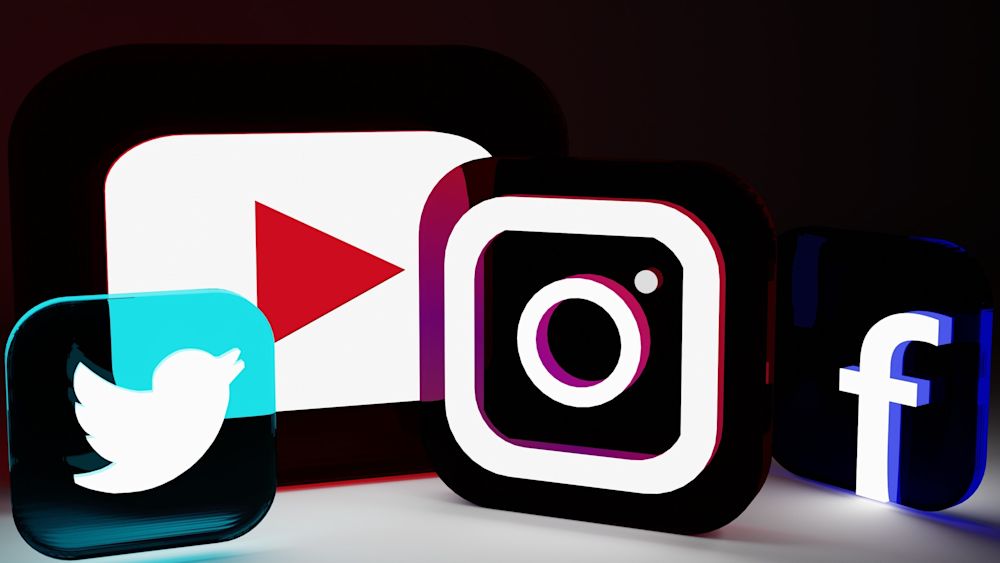Table of contents
Want to start making money online? Here's how today's creators do it.

What is the creator economy?
The creator economy refers to the rapidly growing and ever-expanding industry in which individuals are able to monetize their online following. According to , it is one of the fastest-growing economies ever established and has a market value of nearly . This economy erupted when social media platforms such as Youtube, Instagram and TikTok’s predecessor, Vine, began fostering creators with quickly growing and devoted fanbases, enabling them to build empires from their content. Since then, creatorship has exploded as many more businesses have tapped into the gold rush by creating platforms and tools that enable individuals to more easily amass followings and generate revenue.
How do creators make money?
There are many different ways for creators to make money from their online platforms and in recent years, it has actually gotten even easier to do so. Thanks to the rise of the “,” defined as influencers with less than 50,000 followers, creators no longer need to achieve tremendous popularity before the cash starts rolling in. According to social media influencers, these are the most common ways that today's creators are making money.
1. Brand deals and sponsored posts
One of the most common ways that creators make money is through paid partnerships with brands, in which creators use their platform to advertise a product or service. Creators may be paid on a per-post basis, at a bundled rate in exchange for batches of content, as a brand ambassador that continually helps to increase brand awareness, for posted directly to the brand's platform or paid at an ongoing rate for the perpetual usage rights of their image.
2. Content monetization
Social media companies know that if it weren't for their dedicated users, their businesses would not be nearly as successful. As a result, many of these platforms have instilled some way for their creators to directly monetize their content to empower and incentivize them to keep creating content. Youtube uses the in which eligible creators can earn money from the viewership of advertisements placed on their videos. In the same vein, TikTok offers the , which allows eligible users to generate revenue based on video views and engagement accrued. Most recently, Pinterest has rolled out that enable creators to earn commission through affiliate links and brand partnerships.
3. Digital resources
Another method for generating revenue used somewhat less frequently by creators is the selling of digital resources and online coaching. Creators might sell ebooks, digital templates, courses or one-on-one bookings using platforms like Linktree or . Somewhat similarly, popular creators often charge for live or virtual events and VIP meetups.
Although selling online resources can certainly be a lucrative revenue stream for creators, it requires a specialized skill that a creator’s audience would need to deem worthy of paying for. Additionally, selling online resources is done inauthentically or without enough expert experience, it can seriously hurt a creator’s credibility and relationship with their audience.
4. Affiliate marketing
Affiliate marketing is a performance-based marketing arrangement in which online retailers pay commission to creators promoting their products. The creators have an individualized link to the product and their cut is determined either by direct sales or traffic to the website. This is a great way to reward influencers and convey just how much influence they have.
5. Subscription platforms
Another key way that creators are able to monetize their content is by using subscription platforms. Unlike social media where accounts are free and accessible to anyone, subscription platforms are usually for more specialized content and fans must pay on a monthly or yearly basis to have access to it. Here, influencers can sell media such as adult content on services like OnlyFans, video gaming live streams on apps such as Twitch, written content on Substack or practically every form of art there is via membership services like Patreon. These platforms enable creators to have a more stable stream of income as opposed to the often inconsistent flow of brand deals and advertisements.
6. Expansion into other areas
Oftentimes creators branch out beyond just being a social media star by building their brand in other ways. For example, one of the wealthiest self-made women in America, , got her start as a beauty blogger, but she was able to turn her platform into the billion-dollar makeup business, Huda Beauty. Additionally, you will often see influencers with large fan bases expand their careers into the music or television industry.
Sign up now:





